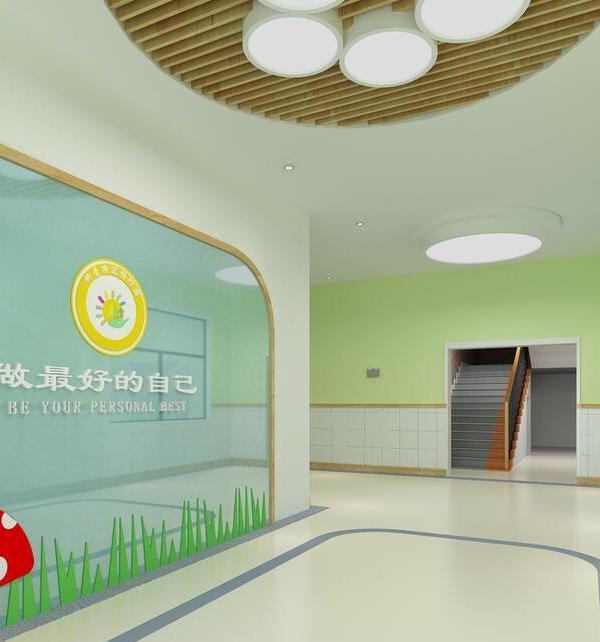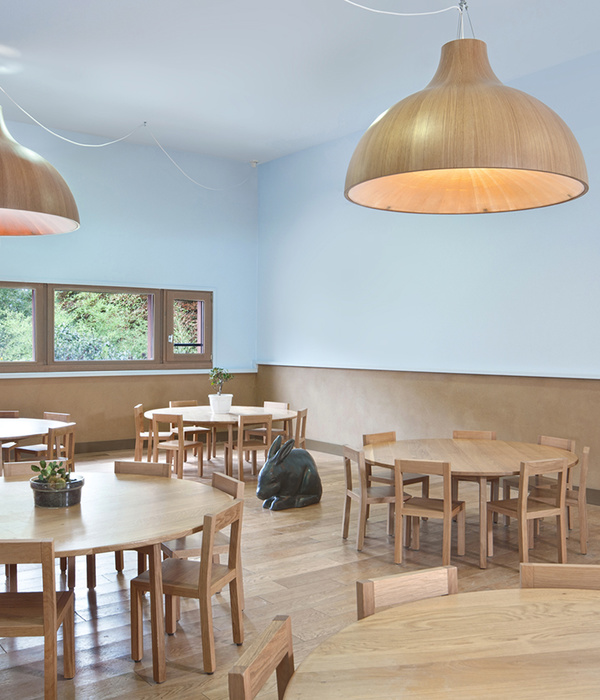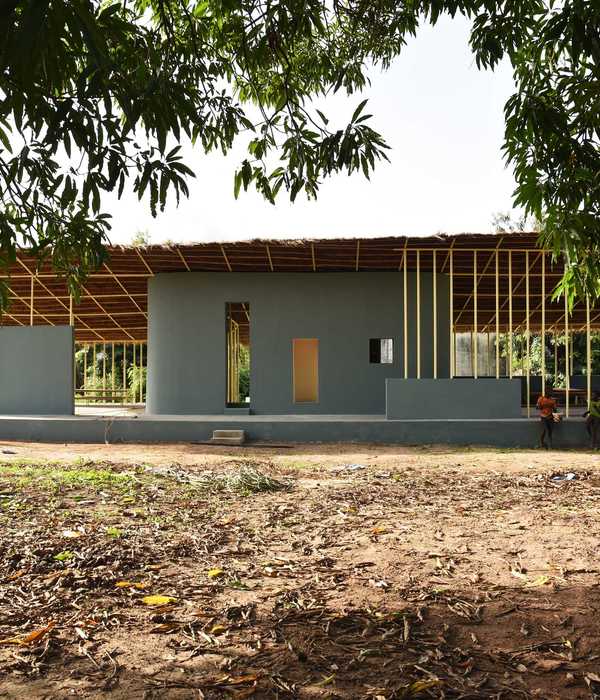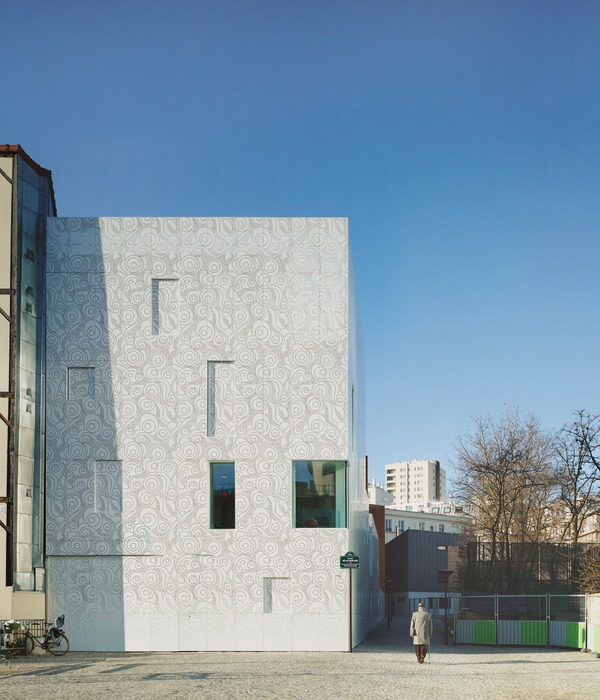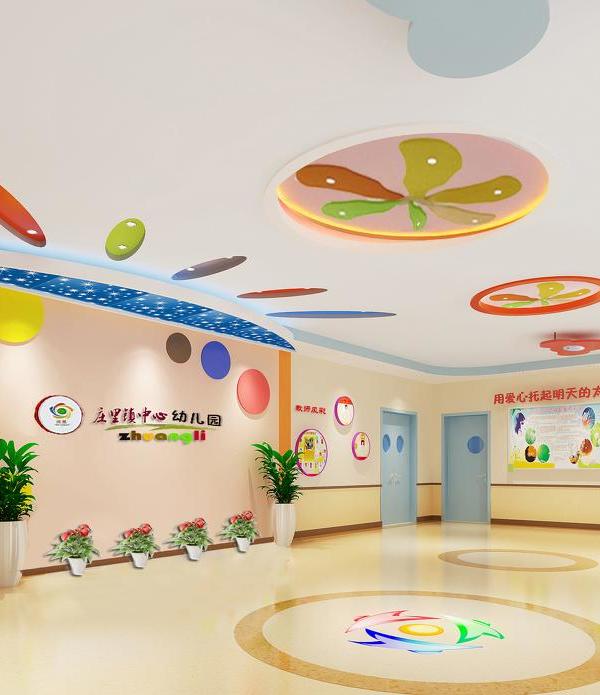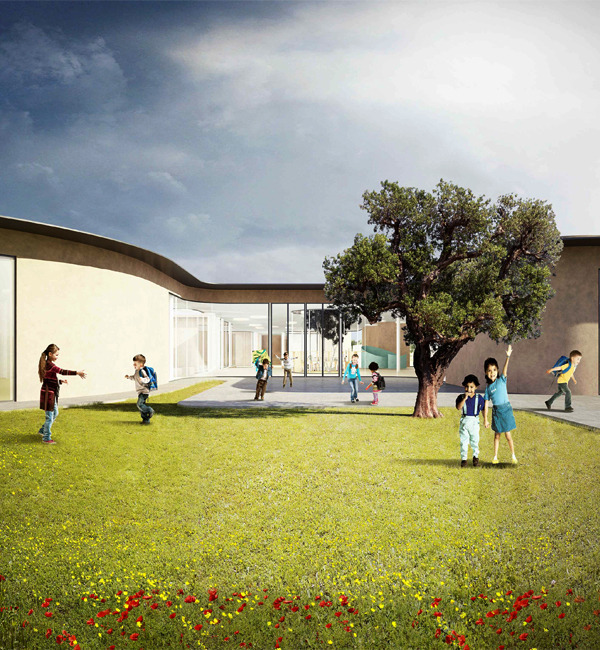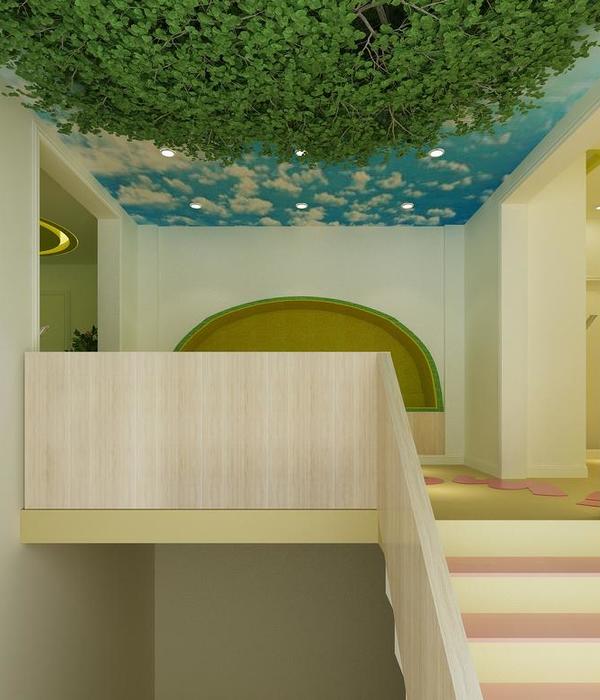The Diocese of London has realised its vision for the St Columba East London community,
with Genesis: a new, wide-beam canal boat crowned with an innovative pop-up roof,
designed by London-based architects Denizen Works. The barge, commissioned as a mobile
assembly space, is moored on the River Lee Navigation alongside Here East at Queen
Elizabeth Olympic Park, where it will remain for three to five years before reaching other
canalside communities.
Developed in close collaboration with Turks Shipyard and naval architect Tony Tucker,
Genesis is conceived as a modern-day mission, developing links with growing communities
living around the canal in East London over the next 25 years. Its mobility and flexibility of programme will ensure lasting benefits to the diverse neighbourhoods at key regeneration sites, which include Sweetwater, Eastwick and Hackney Wick. As well as serving as a space for a church, the barge is designed with a bespoke and adaptable interior to accommodate a wide range of community activities and services, including parent and toddler groups, pilates classes and art classes, interfaith celebrations, lunch and supper clubs, live music, employment training, support workshops and counselling.
Christened Genesis after the first book of the Bible, and alluding to a narrative of creation,
the boat will initially serve the two existing parishes of St Paul Old Ford and St Mary of
Eton in the Stepney Episcopal Area, with the ambition to reach new communities and bridge
shifting parishes in the areas of the Diocese of London undergoing urban growth or change.
Named St Columba East, this new community will be led by the Reverend Dave Pilkington,
who was ordained in June 2019 and served on Genesis’ predecessor, the interim vessel
Elsdale II.
Denizen Works’ innovative design features a kinetic roof inspired by organ bellows. It
has been crafted from concertinaed, translucent sailcloth, and is lined with LED lights
and powered by hydraulic rams. When fully raised, the roof will transform the barge from
compact and low-lying, allowing it to pass beneath bridges, expanding into an illuminated
beacon designed to capture attention and attract footfall to the mission. Operated by the
touch of a button, in its raised position it increases the head height of the barge to 3.6m at its highest point, creating a dramatic interior which is accessible to all.
The floating hub is boarded midship; on one side of the entrance is the main assembly space, with services (kitchen, office and toilet) towards the rear of the barge. Inside, Denizen Works has created an elegant and seamless interior of light plywood walls and green linoleum floor.
The expansive assembly space under the kinetic roof is designed to take a capacity of 40
people seated and up to 60 passengers when stationary. It has built-in Valchromat benches
providing seating and storage along the perimeter of the room, and is fitted with marinestyle bulkhead lights to create a cosy atmosphere. The furniture, designed by local design
company Plyco, includes custom-designed plywood stools and foldable tables for use at
public events and services. An altar designed by Denizen Works featuring an angled-front
face like the prow of a boat has also been fabricated, and is designed to fold down into a flat pack for easy storage.
The sail stitching used on the bellows has been applied as a motif throughout the design
and is carried through to a number of interior details, including aluminium screens to the
windows, the design of which is inspired by rood screens; the pattern of the tiling in the
kitchen; and in the form of the legs of the bespoke furniture. The motif is repeated externally in a frieze painted by a local signwriter that wraps the face of the kinetic roof.
Designed with flexibility to accommodate an array of activities, Genesis will also be available for private hire and for use by local schools, to ensure that it is a self-sustaining asset to the communities it serves.
, Denizen Works:
The Bishop of London, the
, said:
The Rev
said:
{{item.text_origin}}


